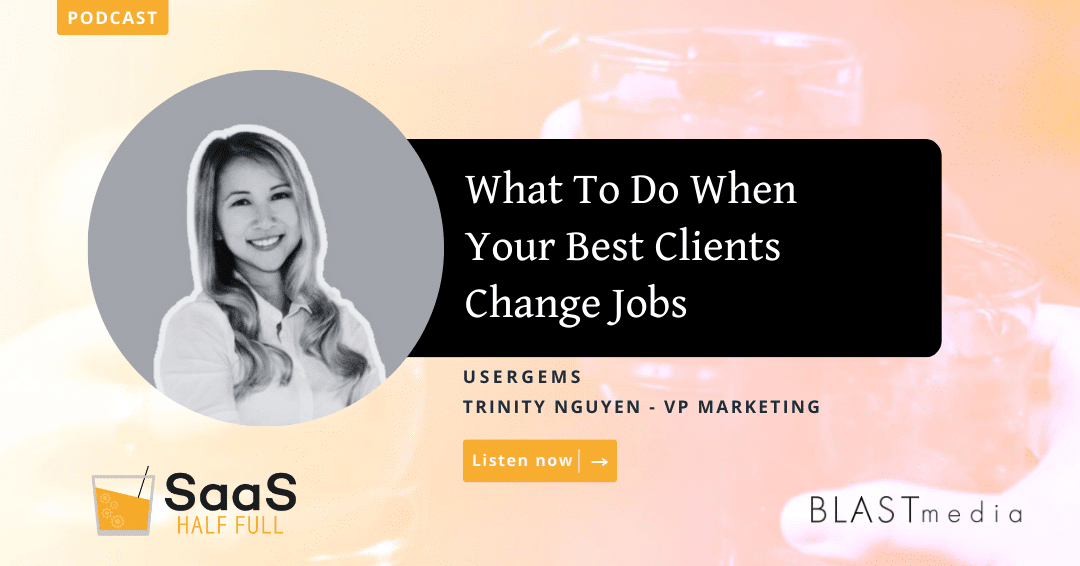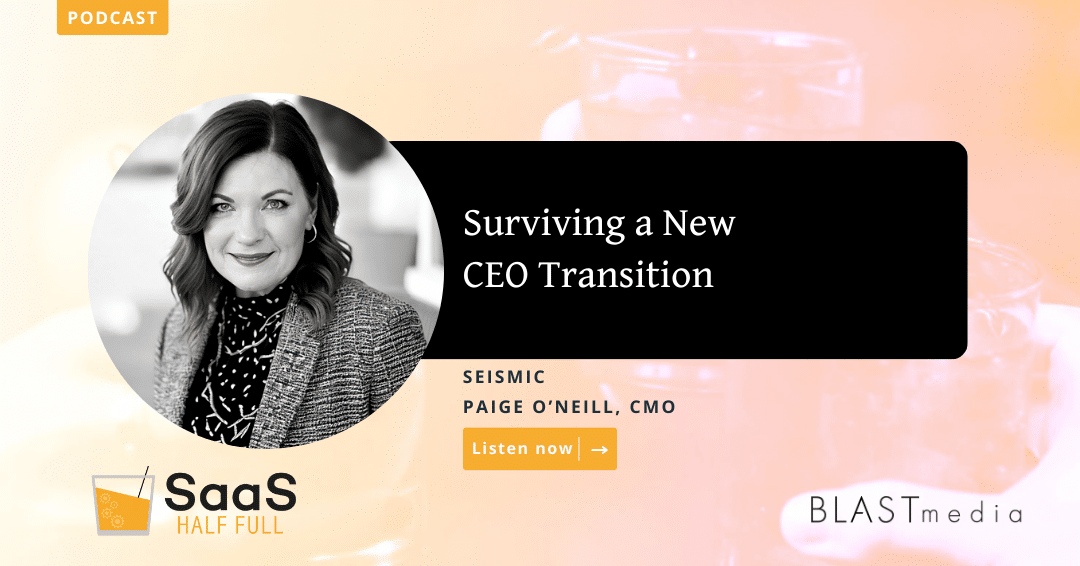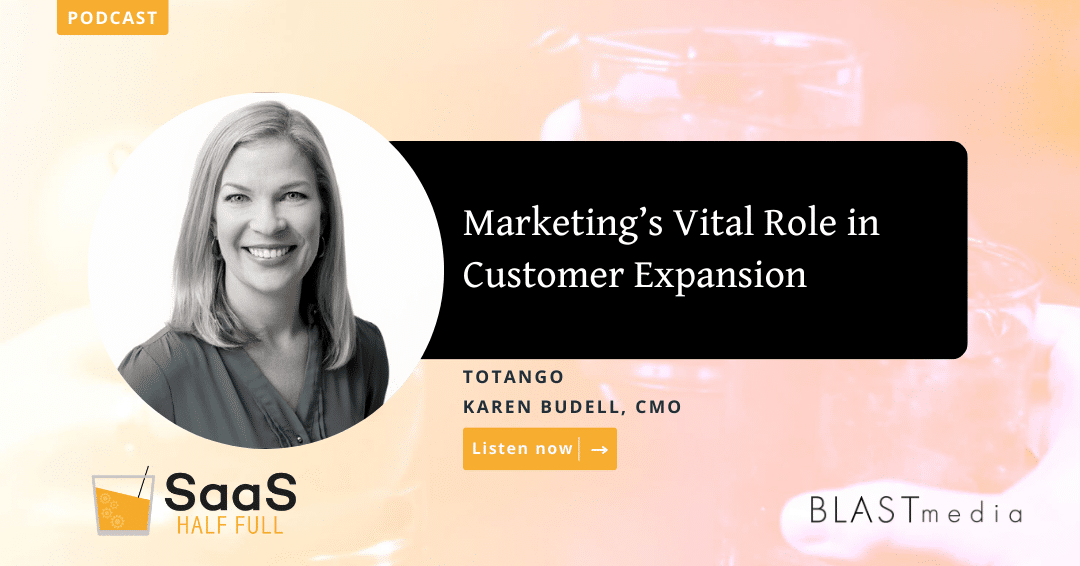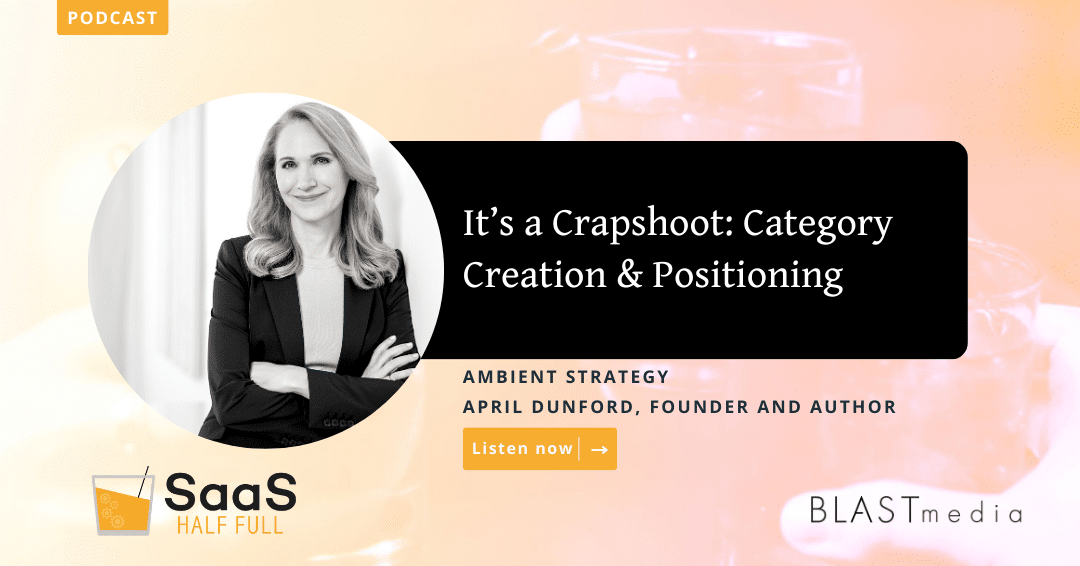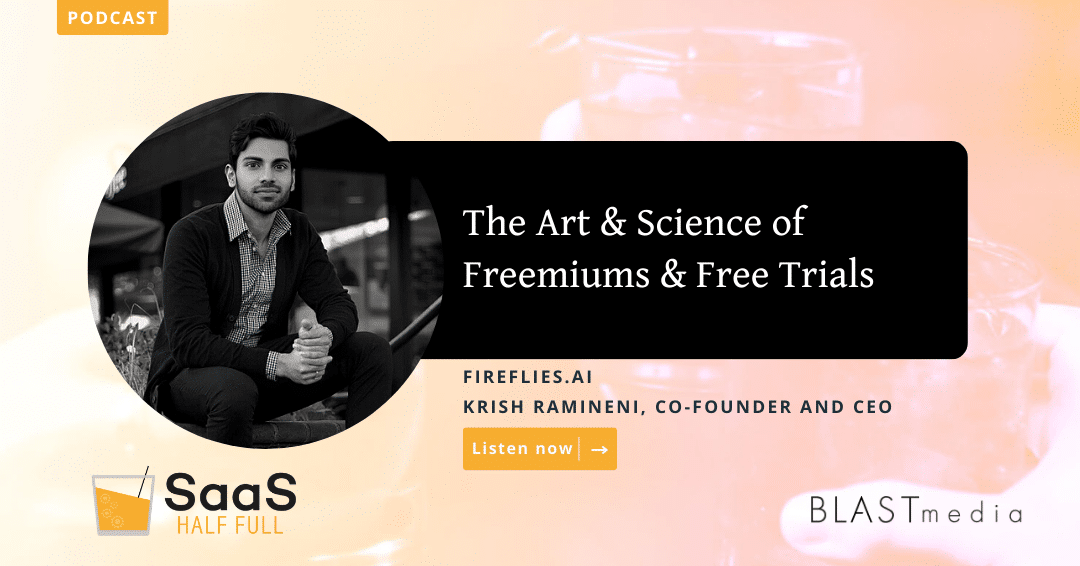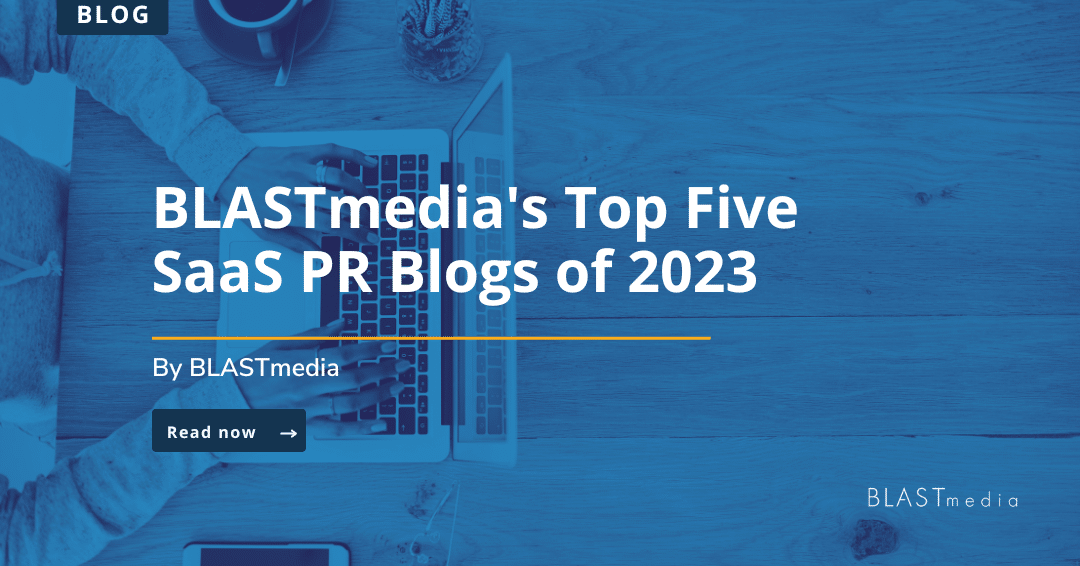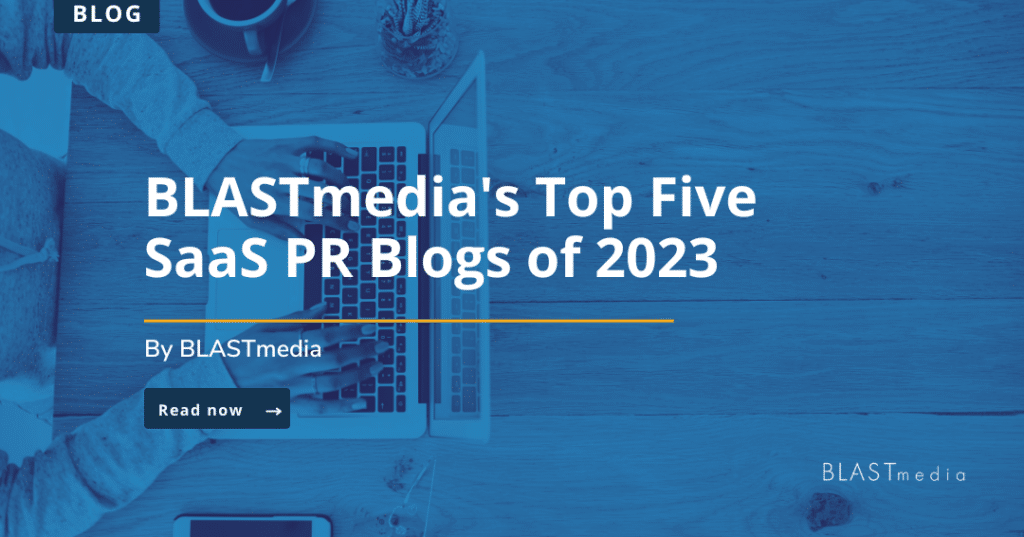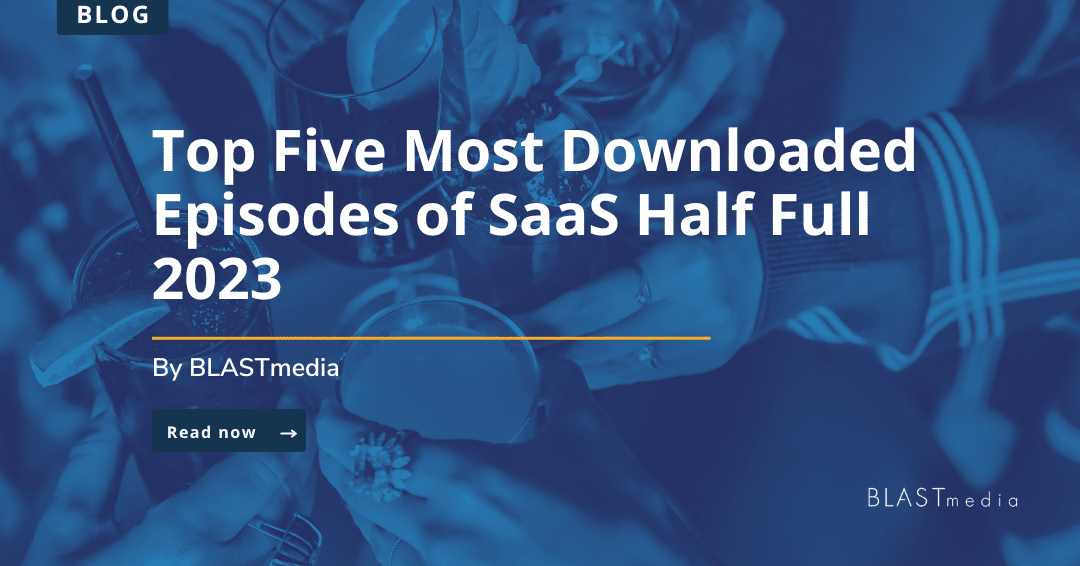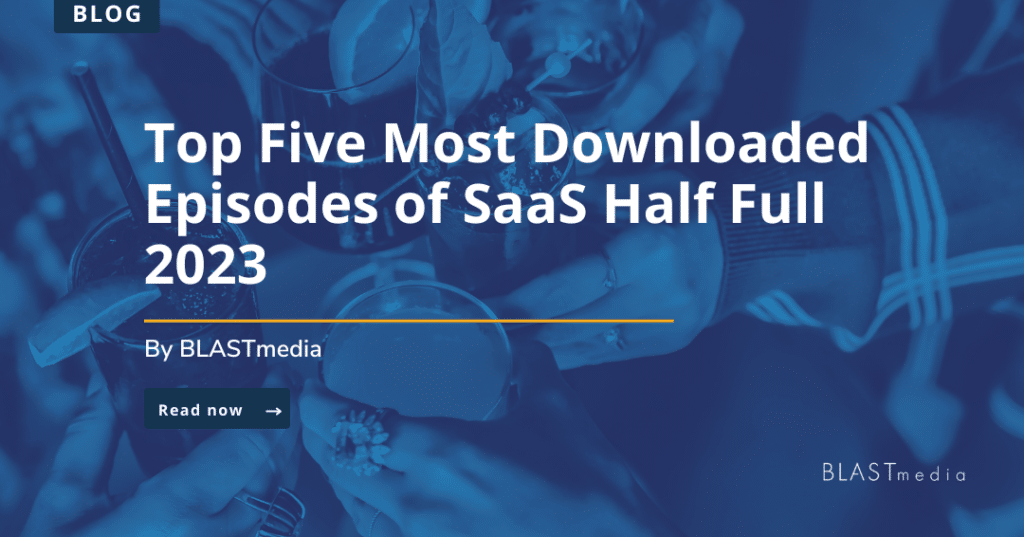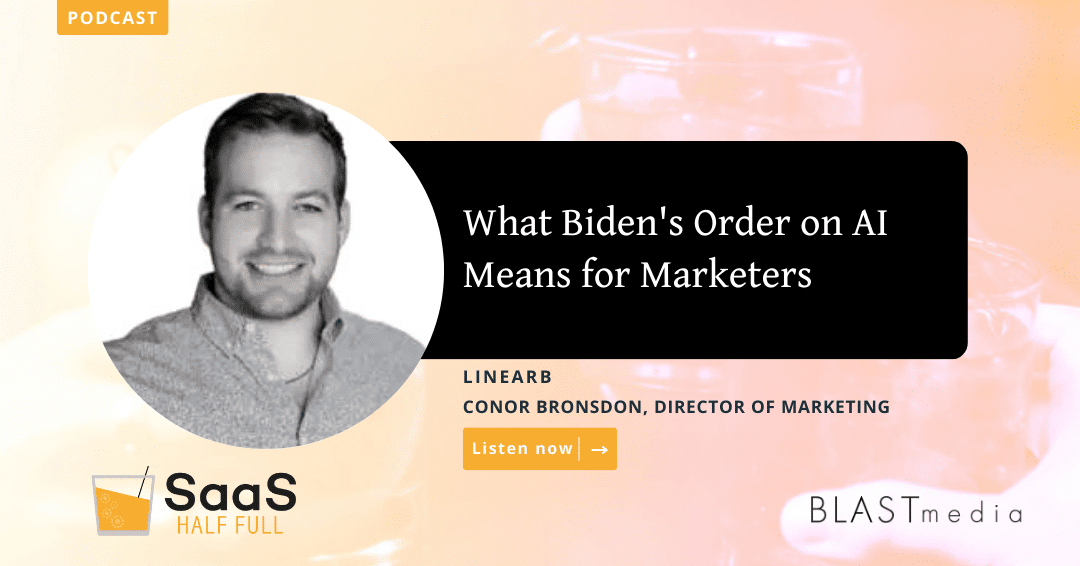Most SaaS revenue leaders would agree that former clients (“Gems”) make amazing second clients. But how can you track job changers and operationalize an outreach program at scale? Trinity Nguyen, VP of Marketing at UserGems, joins this episode to discuss how to capitalize on this underutilized revenue stream, walk through how to identify Gems and create a program designed to target this critical group.
Goodbye 😔 for now 😈
When a buyer voluntarily or involuntarily leaves a company, it’s easy to panic, especially if they’re steering decisions for a critical account. But these individuals are about to become Gems — and marketers should re-frame their split as an opportunity, not a setback. Trinity breaks it down like this:
“We define gems as people who already have some type of relationship with your company. The easiest one is your previous buyers,” said Trinity. “But there are also other types of gems. For example, the users of your product. So maybe in PR, it could be a PR manager — [someone who was] not involved in the buying decision, but they used the product and know your brand.”
The tricky part of this equation? Not all Gems should be approached the same. For example, a Gem with decision-making power requires a different level of awareness consideration than one who is passionate about the product but holds less sway in a possible deal.
Despite the particulars, Trinity suggests treating Gems as ongoing colleagues instead of new prospects. “Please do not ask for a sales or meeting in your first email. I cannot emphasize this enough. Just think of them… like a coworker, someone you have a relationship with,” said Trinity. “When they have good news, the first thing you do is be human. Congratulate them, send them some gifts or any kind of helpful content.”
Building this bridge may be the ticket to cinching a more lucrative deal down the line.
More Gems = better deals
According to UserGems research, including alumni customers in new deals results in 54% bigger deal sizes, even in today’s flagging Tech market. That’s because Gems who return to your product are highly motivated. They understand your product’s ROI, so they usually don’t need to “test the water, crawl, walk, run,” according to Trinity.
“When someone already knows you, they trust the product, they know how to use it already. They went through that whole adoption journey with you. So when they land a new company, they’re not going to start out with a startup package… That’s when we see the deal size actually increase upfront,” said Trinity.
In a market defined by shorter CMO tenures and lower average budgets, it’s critical to capitalize on these upfront increases in spending.
Alumni are valuable in more ways than one
Former buyers usually land with new clients in their previous vertical — SaaS Tech buyers will probably find another SaaS Tech gig, and so on. But what about Gems who find homes in new, less relevant industries?
Trinity suggests that marketers and salespeople should view this divergence as another opportunity. This person may act as a referral to land new clients. Alternatively, they can become a “marketing nurture,” someone marketers rely on to lightly evangelize in the future, even if these activations don’t immediately close deals.
The bottom line? Don’t let your Gems slip away from you under any circumstance.
“This concept is pretty intuitive… When you want to operationalize this kind of signal in your go-to-market, there’s a bit of [hesitation] thinking, ‘Okay, when do I do what? Which team do I pull in?’ And it’s very easy to boil the ocean,” said Trinity. “My tip would be start small, crawl, walk, run. Start with one use case, one team. Get some success before you scale it out.”
Listen to episode 367 of SaaS Half Full for more of Trinity’s insights on alumni customers and their value proposition.


